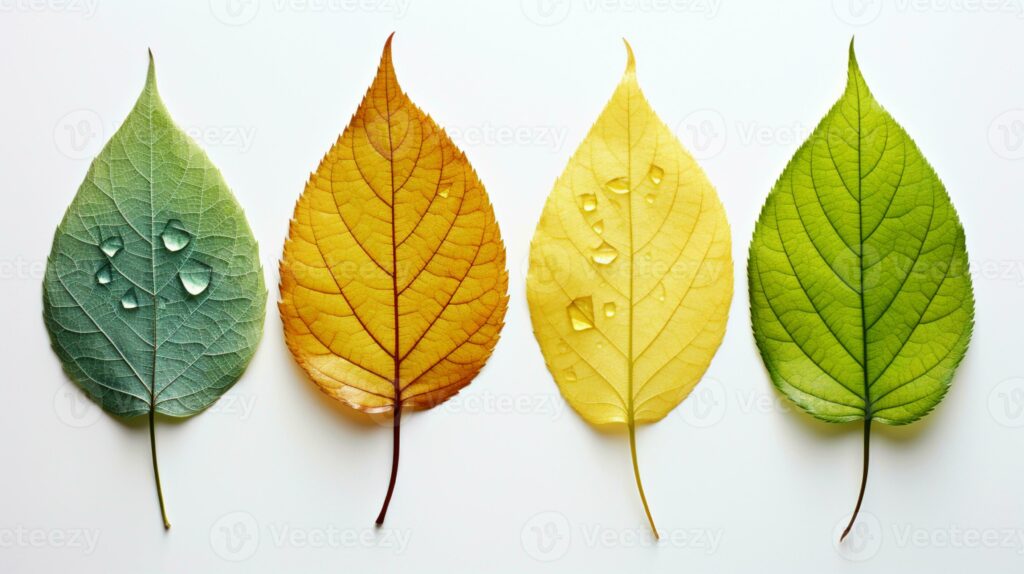
What are the complex shades and tones of a text, and how do these ever-shifting, mobile qualities disrupt mind-body dualisms at the level or site of text and of text-as-event? Do we exclusively read texts or do texts also read us? How do our acts of reading weave meaning that reaches beyond the bounded and printed, or digital, matter of texts, folding into the materiality of our lives? Where does outside and inside begin and end and what are its finer points of demarcation?
The purpose of this assignment is to invite students to write about a text from the generative perspective of encounter. The assignment is designed to explore critical questions about a given text using personal narrative as a genre mode that recounts and explores one’s affective relation with a text as a critically engaged yet equally situated reader. Students are therefore asked to write about how reading a given text made them feel, and what insights, connections, and conclusions about that text bubble up or froth over from those feelings.
Students thus reflect on the embodied and (abstractly) material contexts that fit like skin over their singular reading experiences, reflecting on questions such as how and where they first read or re-read this text, and what immediate or long-term feelings and associations it produced for them and why. Students also consider the social and cultural ramifications of these associations, reflecting on how one bridges personal with collective meaning in the act of reading.
As students craft their narrative, they are encouraged to see if they can develop an interpretation of the text that explores one clearly identified and articulated theme or concept that they find a personal connection to. Thus, rather than beginning with argument and interpretation, students instead begin with the narration of their encounter and follow that narration to see what novel ideas emerge.
As a teacher-scholar, the creative impetus behind designing this assignment came from my intersecting interests in low-stakes writing, multimodal composition, and affect theory.

